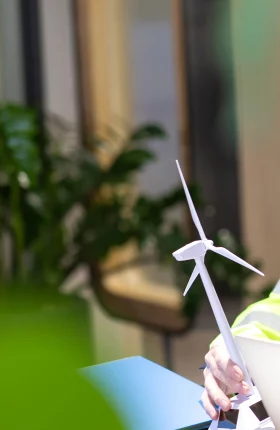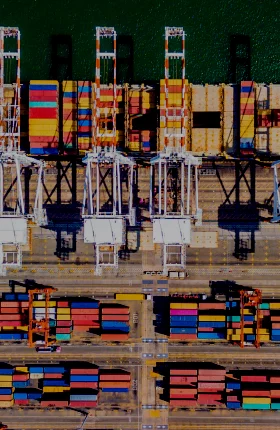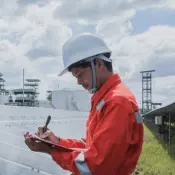Toward Green Building Value Chains: China and Beyond
Accounting for 50% of the world’s new construction every year, China is the largest building market in the world. This fact is even more significant when juxtaposed with this one—buildings are responsible for 37% of global carbon emissions. As the world experiences a surge in construction, the need to transition to green buildings will become urgent.
China, home to more than half of the global production capacity for several building materials, is central to decarbonization efforts. The building industry’s value chain involves multiple public and private entities, several of which are in hard-to-abate sectors. The green transition of China’s building value chain will not only create value and new business opportunities for industry players in the country, but also boost the development and adoption of green building products and services globally.
A building’s environmental impact extends across its life cycle, from material production to demolition. Building materials come from sectors such as steel and cement, which emit carbon at every stage: production, transportation, installation, and demolition. Building operations consume large amounts of energy for heating, cooling, lighting, and other functions. Planning for a fully green transition of buildings must take this whole value chain into account.
This report by the World Economic Forum and BCG offers a comprehensive analysis of the building value chain, market opportunities, and barriers to the green building transition. It identifies 11 levers that offer abatement potential of approximately 80% if implemented well. (See the exhibit.) Together, they are expected to generate $1.8 trillion in value by 2030 for a range of stakeholders resulting from rent premiums/brown discounts, new market growth, differentiated value propositions, and enhanced talent attraction.
To make the most of this opportunity, early movers in the building value chain need to act promptly. Promoting green buildings in China, where most of the largest building material producers, constructors, and real estate developers operate, will have a significant impact on both the domestic and the global building market. Achieving the goal of planning, building, and operating green, sustainable buildings depends on the collective, consistent action of stakeholders along the value chain—starting now.
Greening the Renewable Value Chain: China’s Experience
China accounts for almost 60% of the new renewable capacity expected to become operational globally by 2028, according to the International Energy Agency. Around 80% of the world’s solar panel modules, 70% of wind turbines, and 80% of lithium batteries are manufactured in China.
At COP28, more than 130 governments committed to tripling their renewable capacity by 2030. While a welcome move, renewables themselves have a significant incremental carbon impact. By 2050, if the life cycle carbon intensities of all power sources remain at current levels, about 90% of electricity generation will come from renewables, but renewables’ share of carbon emissions in the energy sector will reach nearly 60%, up from just 2% in 2020.1
The successful green transition of China’s renewable value chain can pave the way for other countries to follow suit.
The renewable value chain is complex and involves multiple players—materials suppliers, equipment manufacturers and OEMs; project developers and owners; engineering, procurement, and construction contractors; operators; technology providers; end users; and recyclers. Making the transition to renewables that come from greener value chains requires all participants to pursue a common goal.
The World Economic Forum and BCG have identified seven levers that can help industry on this journey. Collectively, these levers have the potential to achieve about 70% abatement over the renewable value chain and generate global market value worth $2 trillion by 2030, unlocking numerous green opportunities for stakeholders. Tomorrow’s renewables will provide clean energy that the industry will manufacture, operate, and handle sustainably. To achieve this promise, stakeholders along the value chain must plan, align, and take collaborative action today.
Note
1. The number is based on the development of renewables under a net-zero scenario forecast. The life cycle carbon emission is calculated, included embodied and operational carbon emission. The life cycle carbon emission intensities used are from the National Renewable Energy Laboratory (NREL) in the US:
https://www.nrel.gov/analysis/life-cycle-assessment.html.
Meet the Project Advisors
Related Project Content










